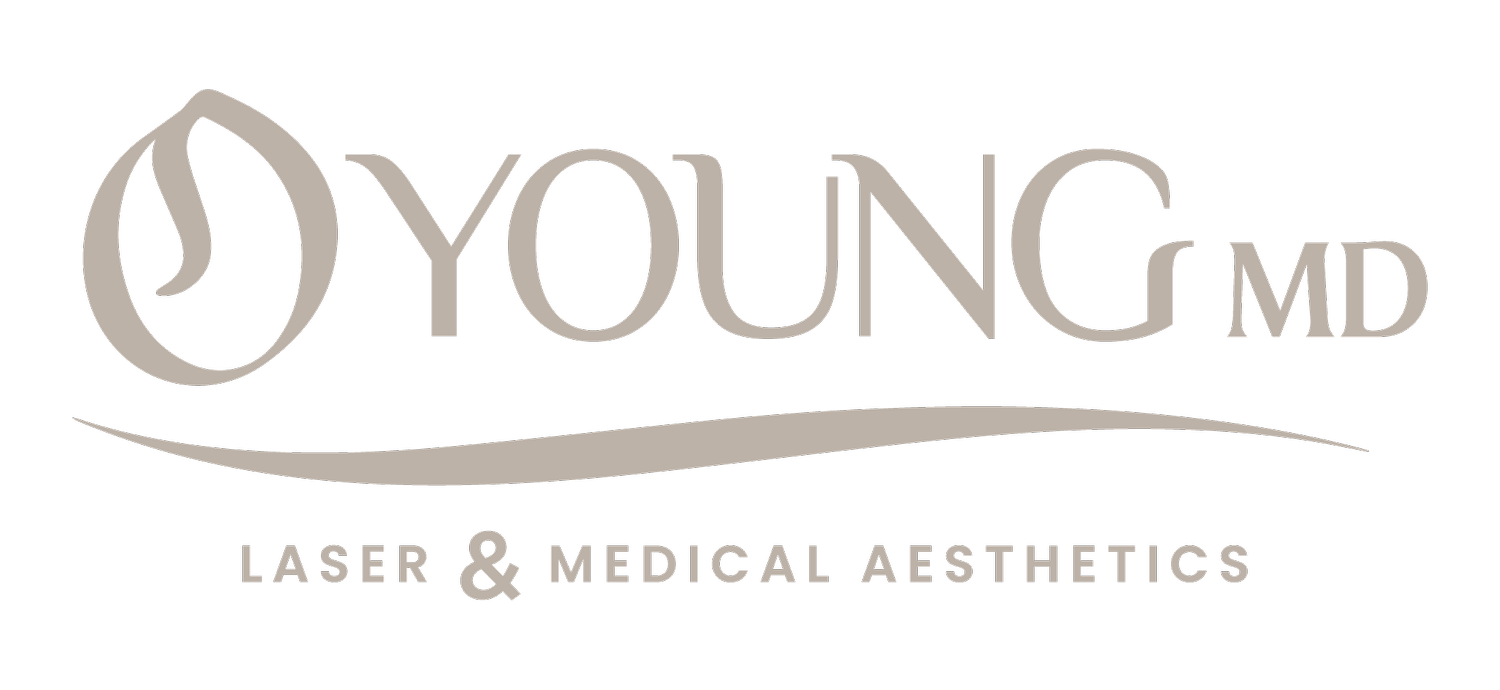
Skin Conditions We Treat
-
Active Acne
Acne is a disorder resulting from the action of hormones and other substances on the skin’s oil glands, sebaceous glands and hair follicles. Propionibacterium acnes (P. acnes) are the anaerobic bacterium that causes acne. Severe acne can lead to permanent scarring.
-
Acne Scarring
Acne often leaves small scars where the skin gets a “volcanic crater” shape. Physical acne scars are sometimes referred to as “Icepick” scars. This is because the scars tend to cause an indentation in the skin’s surface. Acne scarring can be very moderate and localized to very significant.
-
Enlarged Pores
There are two main factors that contribute to large pores – genetics and age. Those of us who have skin that is thicker and oily tend to have larger pores. As we get older, too, sun damage and decreased skin elasticity can cause pores to dilate. The skin thickens, causing tiny cells to collect around the edge of the pores and make them look larger. Blackheads are also a big contributor to large pores. When the pore becomes clogged by dirt and bacteria, oil within the pore begins to accumulate, causing the pore’s diameter to expand
-
Fine Lines & Wrinkles
A wrinkle, also known as a rhytide, is a fold, ridge, or crease in the skin. There are a few different types of wrinkles: dynamic wrinkles, static wrinkles, and wrinkle folds.
-
Hyperpigmentation
Hyperpigmentation is a common, usually harmless condition in which patches of skin become darker in color than the normal surrounding skin. This darkening occurs when an excess of melanin, the brown pigment that produces normal skin color, forms deposits in the skin.
-
Melasma
Melasma is a common skin problem. It causes brown to gray-brown patches on the face. Most people get it on their cheeks, bridge of their nose, forehead, chin, and above their upper lip. It also can appear on other parts of the body that gets a lot of sun, such as the forearms and neck.
-
Premature Skin Aging
Many things cause our skin to age. Some things we cannot do anything about; others we can influence. One thing that we cannot change is the natural aging process. It plays a key role. With time, we all get visible lines on our face. It is natural for our face to lose some of its youthful fullness. We notice our skin becoming thinner and drier. Our genes largely control when these changes occur. The medical term for this type of aging is “intrinsic aging.” – AAD
-
Rosacea
Rosacea (pronounced roh-ZAY-sha) is a chronic condition and potentially life-disruptive disorder primarily of the facial skin, often characterized by flare-ups and remissions. Rosacea typically begins as redness on the face across the cheeks, nose, or forehead, but can also affect the neck, chest, ears, and scalp.
-
Sagging Skin
Over time your skin’s underlying structure begins to break down and lose skin laxity, definition and that youthful plumpness you once had. Skin also renews itself much more slowly as we age. The most common areas skin laxity becomes noticeable and unwanted is your neck, jowls, abdomen, hands, knees, and elbows.
-
Sun Spots
Sun spots or solar lentigines are flat brown and black portions of the skin that develop after prolonged exposure to the sun. Sun spots are also referred to as liver spots and age spots. People of all ages are susceptible to these spots, though those with lighter skin tend to develop them more frequently.
-
Unwanted Hair
Many people have unwanted hair. It’s common on the upper lip, chin, cheeks, back, legs, fingers, feet, and toes. It can have many causes, including genetics, certain medications such as steroids, higher levels of certain hormones, and polycystic ovarian syndrome.
-
Veins | Facial
Facial veins, also known as spider veins, telangiectasias, spider angiomas, and benign vascular lesions, are actually dilated blood vessels. They are usually found on the forehead, nose, cheeks, eyelids, neck, and upper chest. Blood vessel dilation is due to weakening of the elastic fibers in the walls of the blood vessel.
-
Veins | Legs
Spider veins, also known as reticular veins or roadmap veins, are very tiny superficial blood vessels that increase in size over time and commonly occur on the legs. Spider veins are inherited, and may represent a more serious underlying abnormal vein circulation problem. Standing for long periods of time and standing on hard surfaces such as cement will often exacerbate a preexisting condition.
Our Top Treatments








